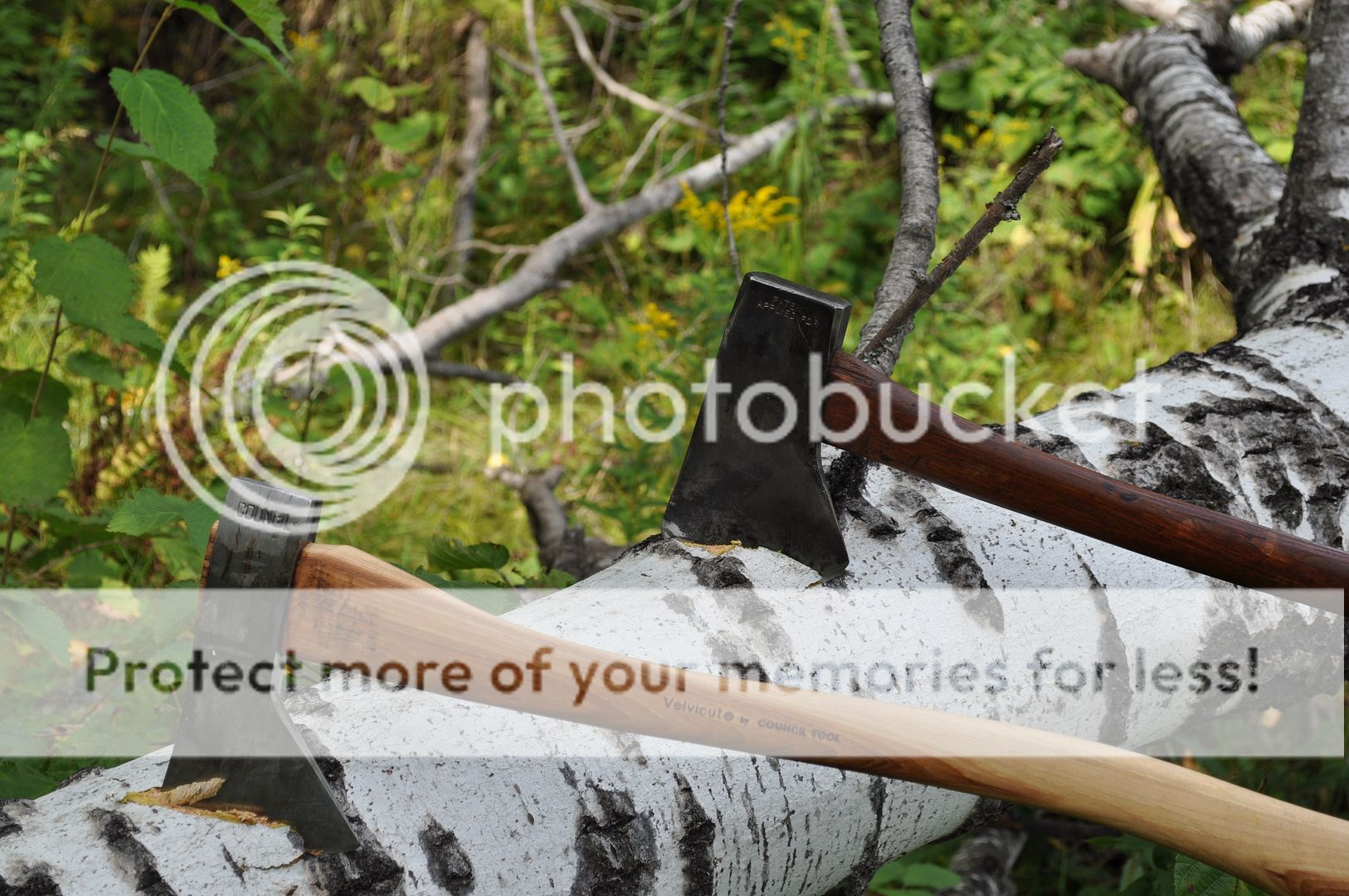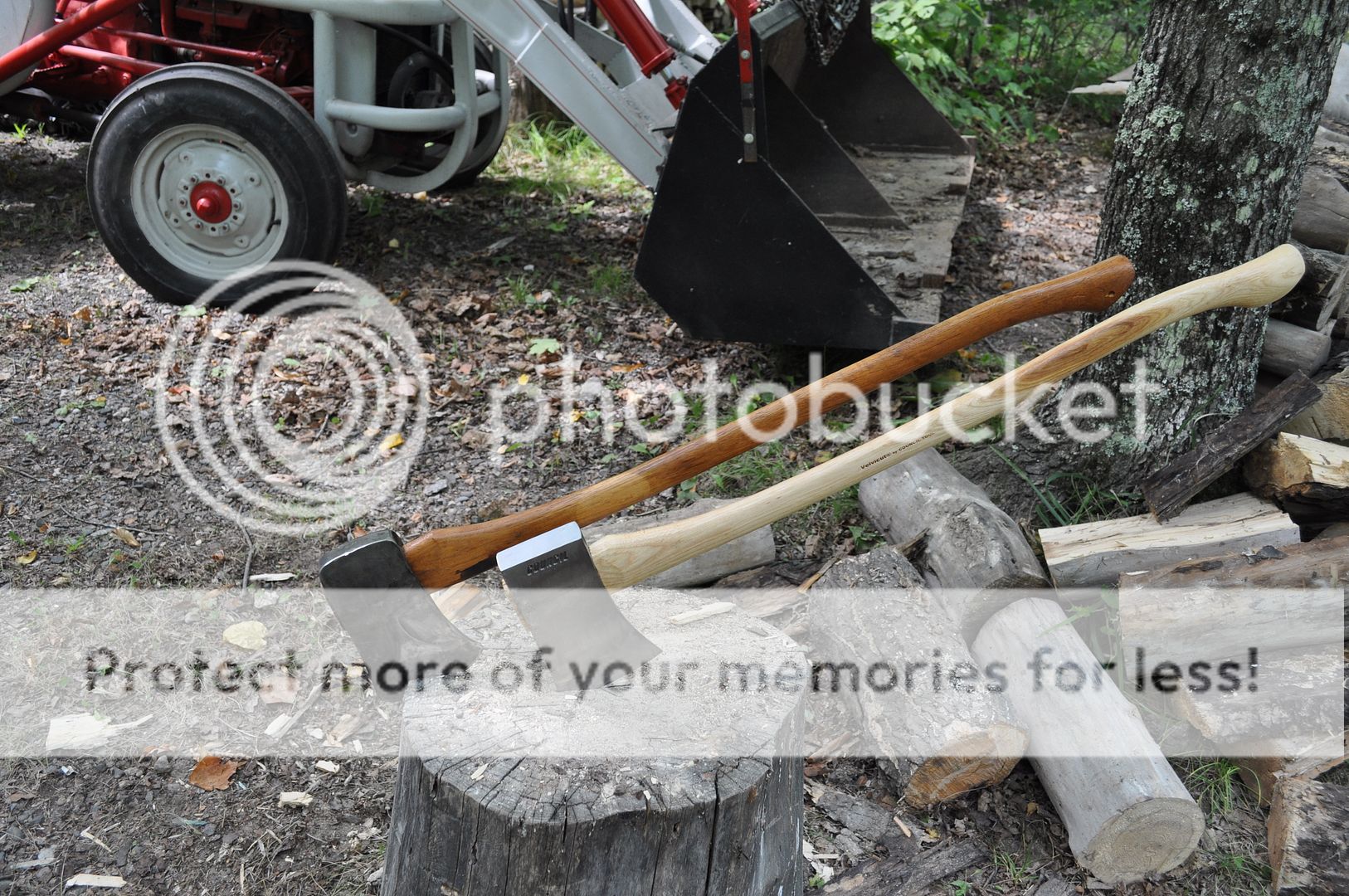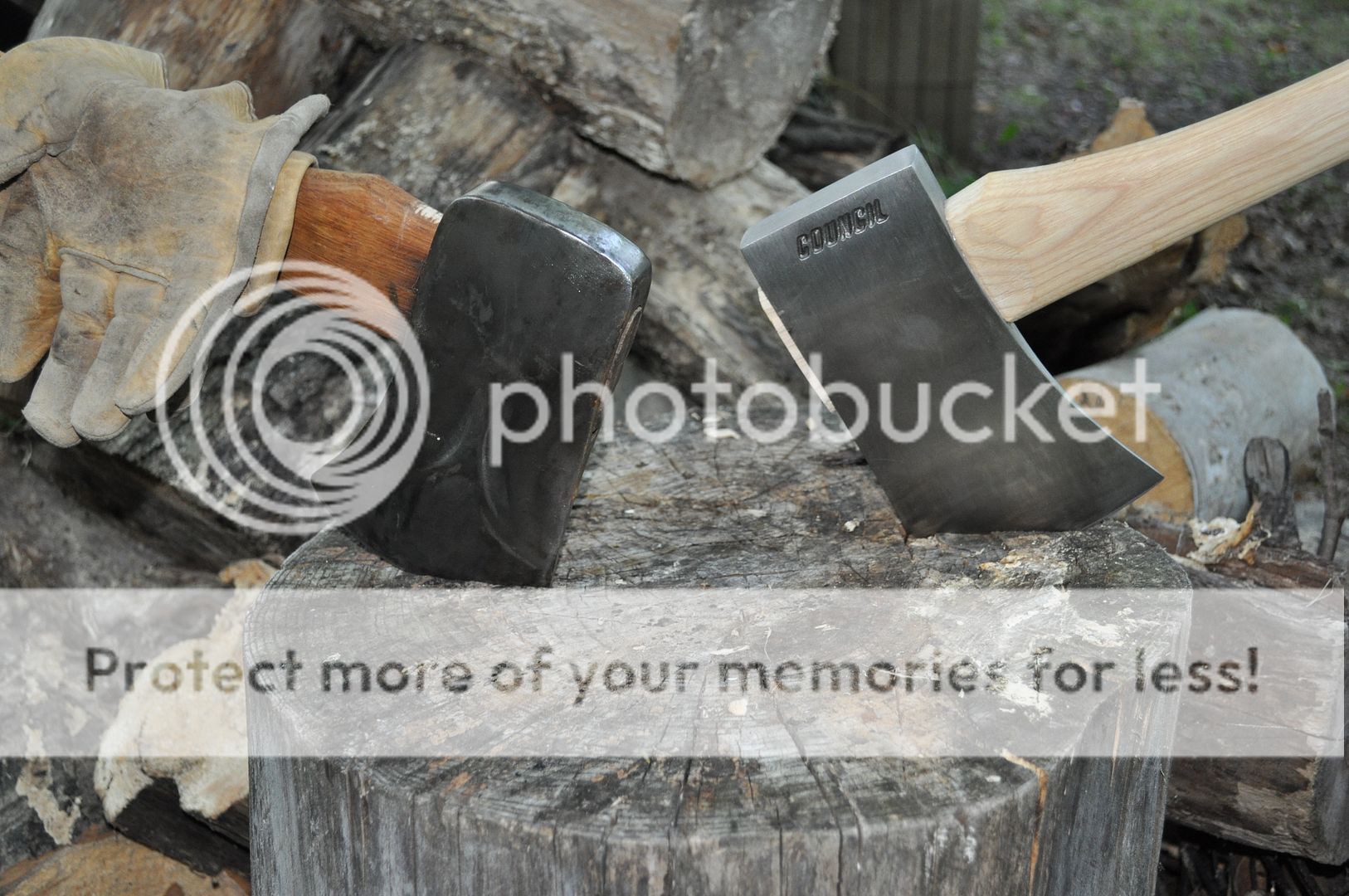jdm61
itinerant metal pounder
- Joined
- Aug 12, 2005
- Messages
- 47,357
Why don't they just turn the board 90 degrees? 
Yes, and manufacturers had "second quality" lines that served those markets, instead of lowering the bar for their standard brands. Perhaps the Warren Axe & Tool Company is an exception, because they claimed to "cater only to the trade demanding highest quality", according to their 1937 catalog. Even then, their Sager line of axes got special treatment (according to the catalog), listed as:
- finest quality of axe bit steel
- hand forged with several hundred blows under the hammer
- tempering process requiring double the time of the ordinary run of product
- rigid inspection including several heavy hammer blows
- nothing covered up by paint
- priced "a little higher" than the "inferior" competition
My take is that the axe manufacturers of today could take full advantage of the better steels available today, and have higher standards for quality assurance (which takes more time and results in more rejects), but it seems that they generally don't. Even some duds from Gransfors and Wetterlings show up on this forum, axes which should never have made it out the factory door. Even axes from John Neeman, some of the most expensive axes available today, can come with handles having significant runout. When asked about handle runout by somebody at this forum, the guy from John Neeman said that the axe was not made for hard work, but was a collectible.
I guess I better back that up with proof:



